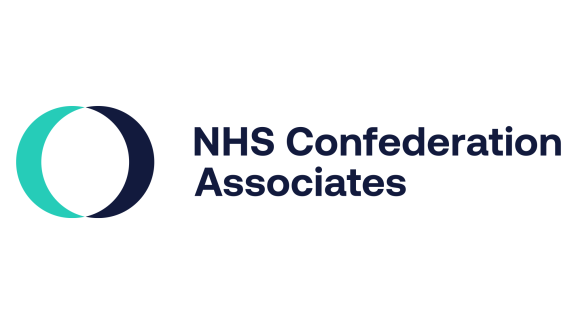Ahead of the worst week of industrial action, health leaders are worried that the service is under very high pressure

- Today’s figures show in the period 23 to 29 January 2023 the number of ambulances transporting patients to A&E increased to 78,431 from 77,937 the previous week.
- Despite the increase in patients, fewer hours were lost to delays outside hospitals last week (8,899) compared to the previous seven days (10,170).
- The number of NHS 111 calls answered increased to 331,206 from 316,394.
- The number of patients remaining in hospital who no longer need to be there has increased to nearly 14,000 from the week before by over 400 people (from 13,566 to 13,983).
- Bed occupancy remains high at 94%, in line with the levels reported the previous week.
- Compared to the previous week, the number of flu patients reduced to 1,203 from 1,893 in general and acute beds, the fall was from 141 to 87 in critical care beds. This was down from a peak of 5,441 patients in hospital with flu (across both general and acute and critical care beds) in the week ending 1 January 2023.
- The number of patients in hospital with diarrhoea and vomiting/norovirus symptoms increased from 371 to 393, the comparison to the same week last year was 316.
Responding to the latest winter situation report, Dr Layla McCay director of policy at the NHS Confederation, said:
“Ahead of the worst week of industrial action to hit the NHS, health leaders are worried that the service is under very high pressure. Cases of flu are on the decline but NHS 111, ambulance arrivals to A&E, and hospital bed occupancy remain stubbornly high.
“Despite the government investment, nearly 14,000 medically-fit patients are still in beds they do not need to be in and this is not helped by the funding to help discharge them coming far too late in the day to make a meaningful difference. Health leaders are determined to put this to best use and to do everything they can to improve performance as set out in the Elective Recovery Plan but the NHS is only part of the solution – far more attention is needed on what is leading to so many people needing to come into contact with urgent and emergency services in the first place.
“Add the prospect of further waves of industrial action that will only increase in severity of disruption unless the government shows willingness to negotiate with the unions and the fear is that the NHS will forever be in this grim position where people coming into the health system are in need of care at a greater rate than they are leaving it.”



